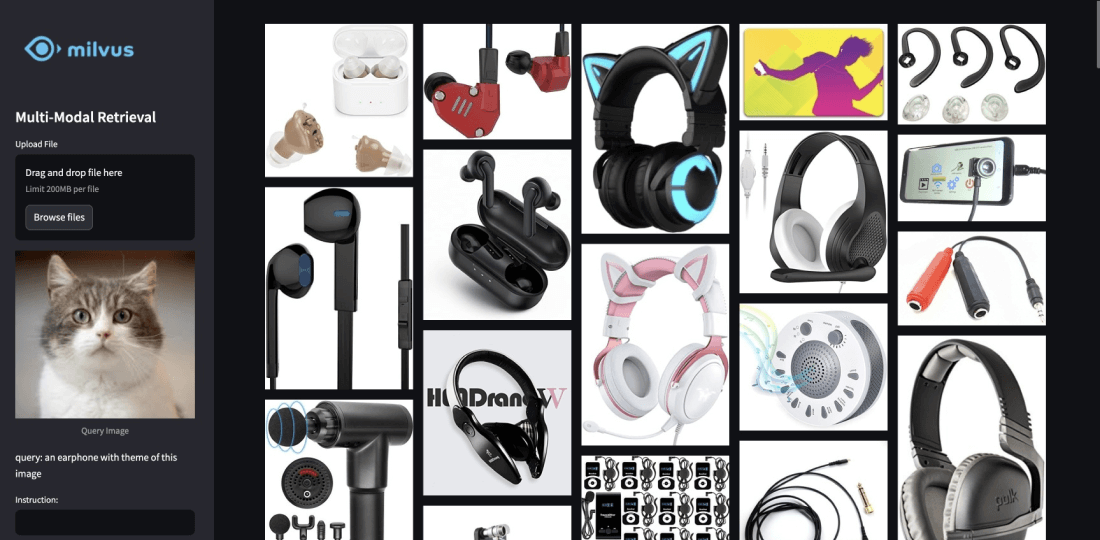Multimodal AI plays a pivotal role in enhancing human-robot collaboration by integrating and processing diverse types of data, such as visual, auditory, and textual information. This capability allows robots to understand and respond to complex human instructions and environments more effectively, fostering a more intuitive and seamless interaction between humans and machines.
At its core, multimodal AI refers to the ability of artificial intelligence systems to interpret and integrate multiple forms of input data. In the context of human-robot collaboration, this means a robot can simultaneously process visual cues from cameras, audio signals from microphones, and textual data from written instructions or commands. This holistic approach enables robots to gain a more comprehensive understanding of their surroundings and the tasks they are asked to perform.
One of the primary benefits of multimodal AI in human-robot collaboration is its potential to improve communication and coordination. For instance, in a manufacturing setting, a robot equipped with multimodal AI can better interpret a worker’s spoken instructions and gestures, allowing for more accurate execution of tasks. This integration can reduce the need for complex programming or precise verbal commands, making interactions more natural and efficient.
In environments such as healthcare, multimodal AI can assist robots in understanding and responding to patient needs by combining visual assessments with verbal interactions. This capability is crucial in scenarios where patients may be unable to articulate their needs clearly, such as in pediatric or geriatric care. By interpreting multiple signals, robots can provide more personalized and responsive care, enhancing patient experience and outcomes.
Moreover, multimodal AI can enhance the adaptability and learning capabilities of robots. By processing diverse data types, robots can learn from a broader range of experiences and interactions, enabling them to adapt to new tasks and environments more quickly. This adaptability is essential in dynamic settings, such as disaster response or exploration, where conditions can change rapidly, and human oversight may be limited.
Additionally, safety is a critical aspect of human-robot collaboration. Multimodal AI contributes to safer interactions by enabling robots to better perceive and predict human actions and intentions. For example, in an industrial setting, a robot can use visual and auditory data to detect a human worker’s presence and adjust its movements to avoid collisions, significantly reducing the risk of accidents.
In summary, multimodal AI supports human-robot collaboration by enhancing communication, improving adaptability, and ensuring safety. By integrating multiple data types, it allows robots to better understand and respond to complex human environments, leading to more effective and intuitive interactions. As multimodal AI technology continues to advance, its role in facilitating human-robot collaboration is likely to expand, opening up new possibilities across various industries and applications.
